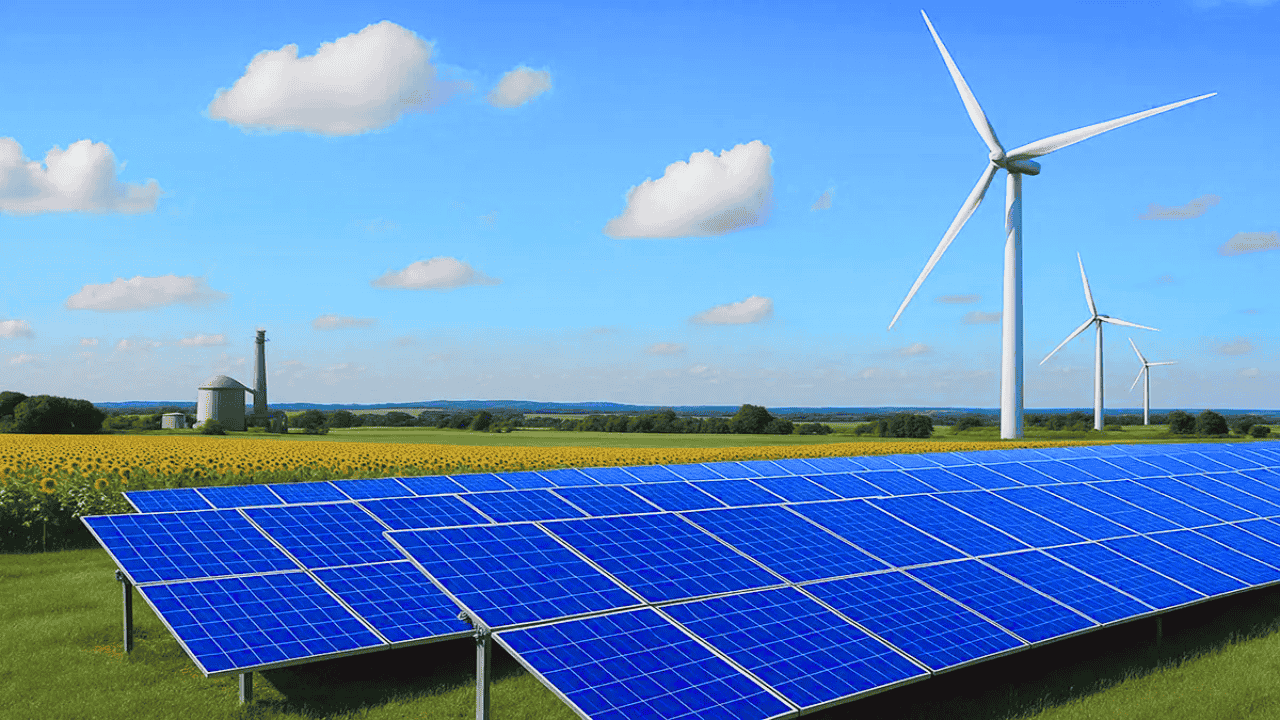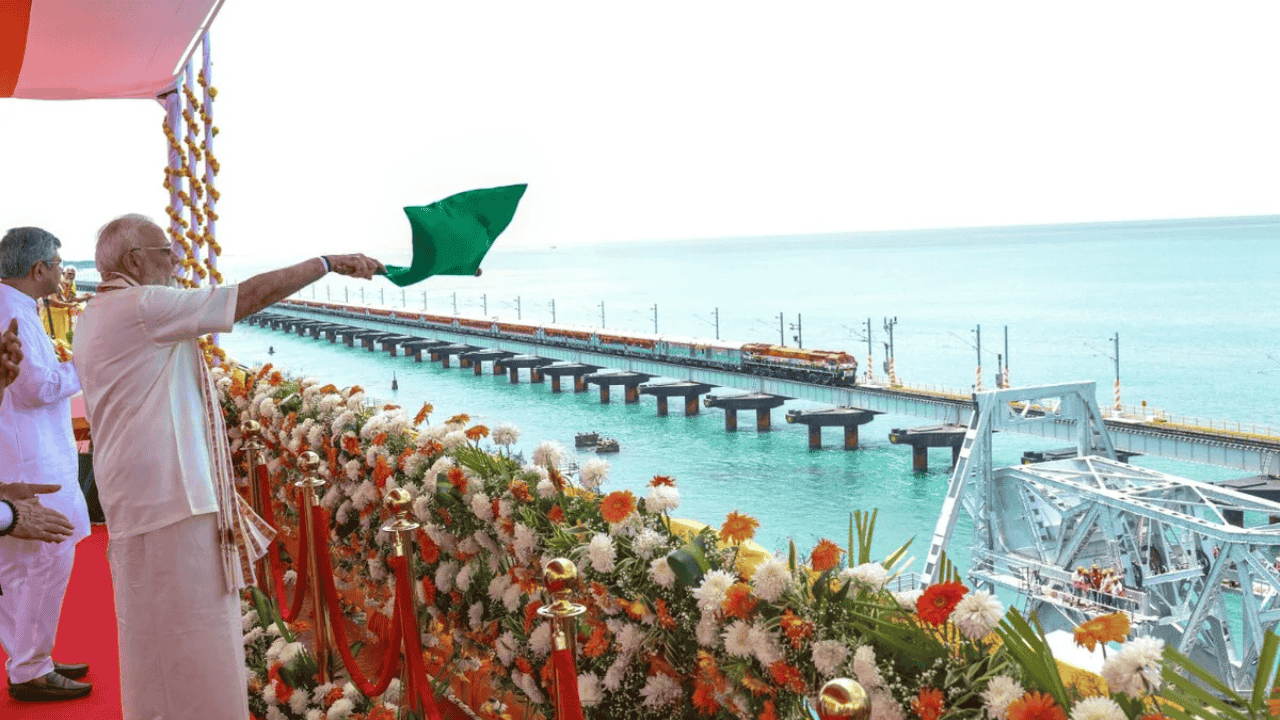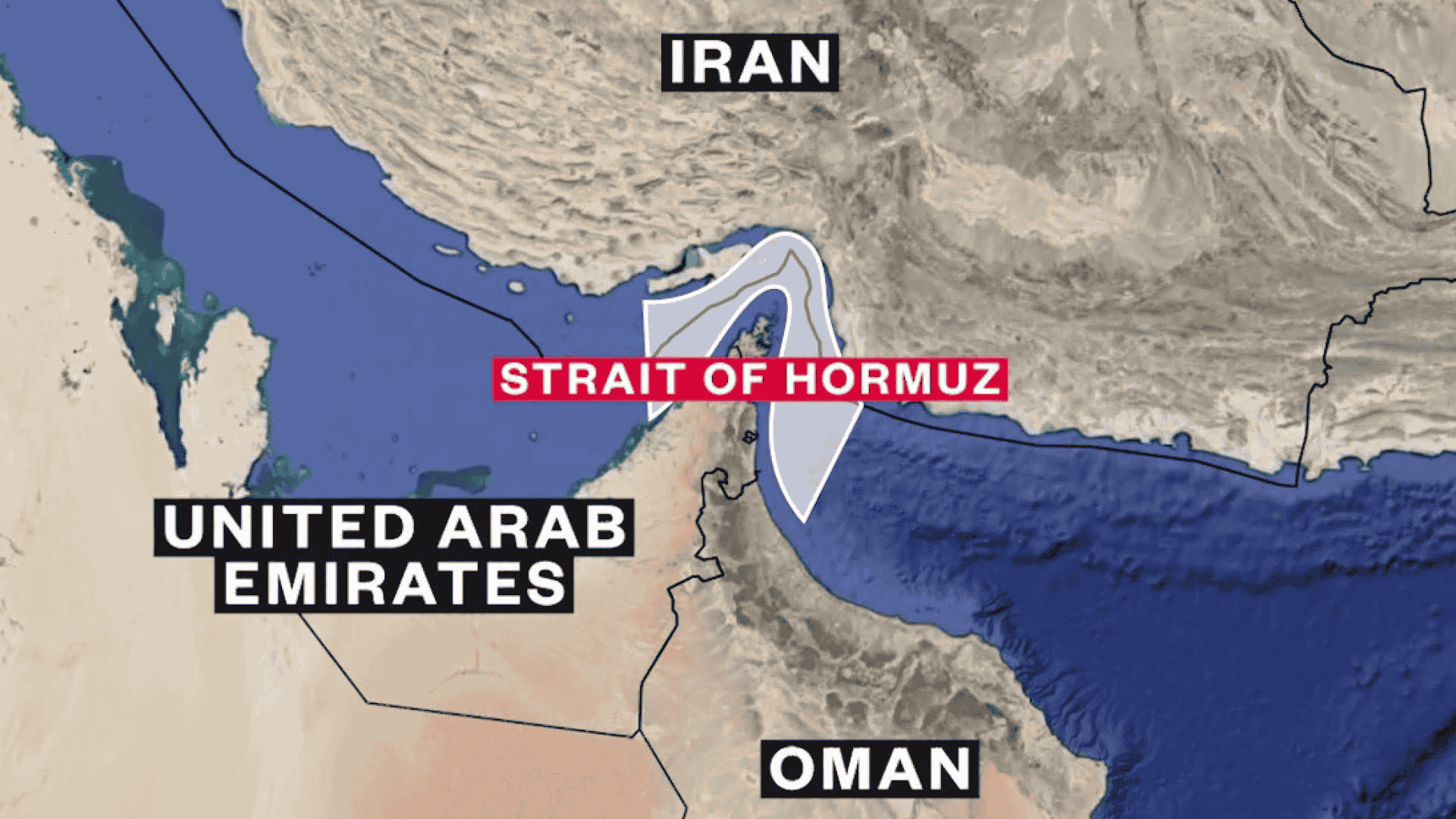India has achieved a remarkable feat in the field of clean energy. More than 50% of the country’s total installed power generation capacity is now derived from non-fossil fuel sources such as solar, wind, hydro, nuclear, and bioenergy. This milestone, attained five years ahead of the 2030 target outlined under the Paris Climate Agreement, demonstrates India’s commitment to environmental protection and combating climate change.
India’s Major Achievement in Clean Energy
Detailed Data Highlights
As of July 2025, India’s total installed electricity generation capacity stands at 484.8 gigawatts (GW), of which 242.8 GW (50.1%) comes from non-fossil fuel sources. The breakdown of this clean energy capacity is as follows:
Thermal Power: 242.04 GW (49.92%)
Solar and Wind: 184.62 GW (38.08%)
Hydro Power: 49.38 GW (10.19%)
Nuclear Energy: 8.78 GW (1.81%)
Surpassing International Commitments
This achievement is highly significant as it was reached five years ahead of India’s 2030 target under the Paris Agreement. New and Renewable Energy Minister Pralhad Joshi termed this a matter of pride and said, "India is presenting solutions in front of the world. This achievement highlights the country’s environmental commitment.”
Under the leadership of Prime Minister Narendra Modi, several policies and schemes for solar and other renewable energy sectors have been implemented since 2014, enabling India to reach this milestone.
Key Government Initiatives in Clean Energy
PM Surya Ghar Yojana
Launched in 2024, the “PM Surya Ghar” scheme has promoted rooftop solar installations in homes. The aim is to provide solar energy to around one crore (10 million) households. So far, about 1.1 million families have benefitted, adding approximately 3.29 GW of additional solar capacity.
PM-KUSUM Scheme
The PM-KUSUM scheme provides solar-powered pumps to farmers, promoting energy security and sustainable agriculture in rural areas. This scheme is making farmers self-reliant through clean energy.
Production Linked Incentive (PLI) Scheme
To boost domestic production of solar equipment, the Production Linked Incentive (PLI) scheme has been initiated. In the last decade, solar module manufacturing capacity in India has grown from 2 GW to about 70 GW. This scheme brought investments of nearly ₹41,000 crore and created 11,650 jobs.
Pace of Growth and Historical Progress
Unprecedented Solar Energy Growth
India’s solar power capacity was just 2.63 GW in 2014, which has increased to 108 GW by 2025 – a nearly 41-fold jump. India has become the third-largest solar power producer in the world.
Expansion of Wind Energy
By 2025, wind energy capacity has reached 48 GW, with Tamil Nadu, Gujarat, and Maharashtra being leading states.
Overall Renewable Energy Growth
Renewable energy capacity in 2014: 76.38 GW
Total capacity in 2024: 203 GW (approx. 165% increase)
Capacity addition in 2024: 29 GW
Policy and Strategic Initiatives
National Green Hydrogen Mission
India aims to produce 5 million tonnes of green hydrogen annually by 2030, establishing itself as a global leader in green hydrogen.
Green Energy Open Access Rules 2022
These rules have been designed to simplify consumer access to clean energy and have helped promote its use.
Offshore Wind Strategy
There is a plan to auction 37 GW offshore wind projects by 2030, which will significantly boost offshore wind power generation.
Economic and Investment Scenario
Huge Investment Requirements
To meet the target of 500 GW renewable energy by 2030, around ₹42 lakh crore of investment will be needed.
Private Sector Participation
In 2024-25, over 60% of new renewable energy projects were operated by the private sector.
Future Growth Projections
India is expected to add 75 GW renewable energy in FY26 and FY27 – a 53% increase over last year. Investment in the sector is likely to reach ₹3.8 lakh crore.
Challenges and Solutions
Grid Stability and Energy Storage
India’s storage capacity is still limited (about 5 GW), posing a challenge for managing grid fluctuations. More investment in battery and pumped storage is essential.
Transmission Infrastructure Development
Transmission is improving, with an anticipated investment of ₹0.9-1 lakh crore in coming years.
Power Purchase Agreement (PPA) Issues
Only half of awarded government projects have finalized PPAs in recent years due to limited state utility interest, but this is expected to improve as renewable demand grows.
Global Context and Comparisons
India's Leadership Position Globally
According to the REN21 report, India ranks 4th in total installed renewable capacity, 4th in wind energy, and 5th in solar energy worldwide.
Comparison with Other Countries
Ten countries including the EU, UK, Germany, and Sweden have already achieved 50% non-fossil generation targets. However, India’s scale and rapid progress make this achievement especially important.
Leadership in Climate Action
India is among the few countries with low emissions and is on track to surpass its NDC targets under the Paris Accord.
Future Targets and Long-Term Vision
Plans for 2030 and Beyond
500 GW of non-fossil fuel energy by 2030
50% of energy demand from renewable sources by 2030
Net zero carbon emissions by 2070
5 million tonnes of green hydrogen production per year
Railways Sector Commitment
Indian Railways also aims for net zero carbon emissions by 2030.
Manufacturing and Technology Development
Capacity development under ‘Make in India’ and technological innovation are being prioritized.
Environmental and Social Benefits
Tackling Climate Change
This achievement supports the global goal to limit warming to 1.5°C.
Energy Security
India’s dependence on petroleum and natural gas imports is reduced, strengthening energy security.
Employment Generation
Thousands of jobs have been created in the renewable energy sector, impacting both rural and urban areas.
Rural Development
Schemes like PM-KUSUM are providing clean energy and boosting employment in rural communities.
Technology and Innovation Advancements
Hybrid and Storage-Linked Projects
There is a growing focus on blended energy systems and storage technologies.
Green Hydrogen Technology
The government is promoting green hydrogen as a major future energy source.
Smart Grid Development
Smart grid and Green Energy Corridor projects are supporting advanced infrastructure.
State-Level Contributions and Regional Development
Leading States
Rajasthan: Home to mega solar parks like Bhadla Solar Park
Gujarat, Tamil Nadu, Maharashtra: Major centers for solar and wind energy
Odisha: 140 GW solar potential and opportunities in green hydrogen
Financial Arrangements and Support
Viability Gap Funding
Financial support schemes for offshore wind and battery storage projects.
Foreign Investment
100% FDI is permitted in the renewable energy sector, bringing major investments.
Green Bonds and Climate Finance
Growth in the sector is being driven through innovative financial instruments.
Research and Development Initiatives
Joint Centers of Excellence
New research labs and centers are being established with government support.
Hackathons for Startups
Programs to promote innovation in renewables among Indian startups.
International Partnerships
Active participation in the International Solar Alliance, Global Biofuels Alliance, and more.
Why this matters for your exam preparation
This topic is extremely important for UPSC and other competitive exams, especially in the context of environmental conservation, climate policy, technology, and energy security.
For UPSC Prelims:
India’s clean energy capacities and targets
Key government schemes (PM Surya Ghar, PM-KUSUM)
Paris Agreement commitments
Share of energy sources
For UPSC Mains:
GS Paper III: Environment, technology missions, and energy security
GS Paper II: Policy & international agreements
Essays: Topics like sustainable development and environmental challenges
For Other Competitive Exams:
50% non-fossil fuel energy milestone
Key ministers and schemes
India’s global ranking
This topic will help you understand India’s approach to sustainable development and global climate efforts, which is essential for all major exams.







